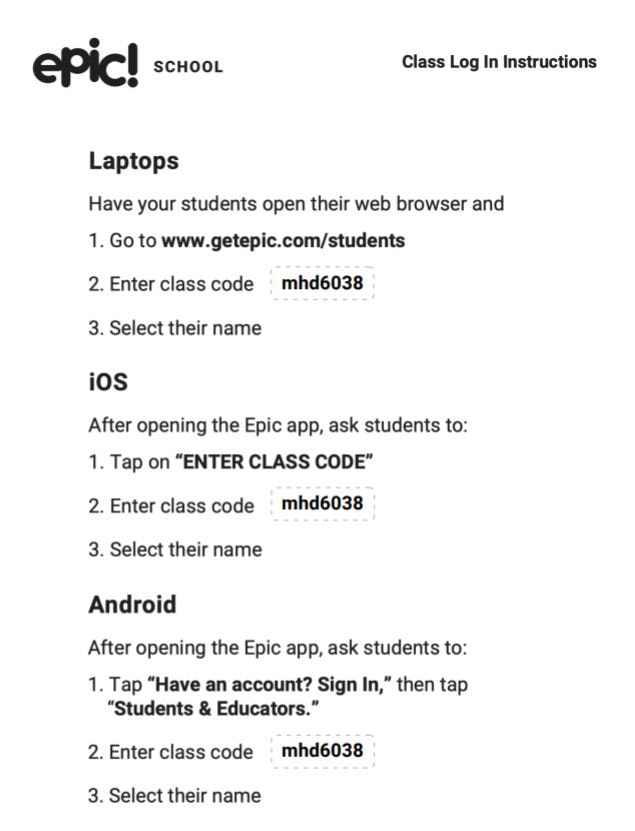

Throughout these phases, goals and metrics were set and tracked to evaluate the solution. We followed a research and development framework that included a discovery phase, in which pain points were investigated and a solution was scoped a build-and-iterate phase, in which a prototype was developed, implemented, and improved and a spread phase, in which the solution was modified and introduced to new settings.

This work represents the pilot phase of a large research collaboration between Sutter Health and AstraZeneca, part of which focuses on developing innovative tools (i.e., CM-SHARE) for patients with CM conditions. We describe the process of engaging PCPs to fully understand the challenges they face in caring for patients with CM conditions, the design of CM-SHARE to address these challenges, the implementation of this digital health solution in the primary care setting, and its adoption and usage over time. The purpose of this article is to describe the development, integration, and uptake of a digital health solution called CM-SHARE, that was designed to help PCPs manage patients with chronic CM conditions. One way to address the needs of both patients and health care providers is to help them do more with less, by developing better tools that allow both providers and patients to do their respective jobs more efficiently. In fact, some are calling for a modification to the Institute for Healthcare Improvement’s so-called “triple aim” of population health, patient experience, and cost, believing that a fourth aim focused on provider well-being is essential to address burnout ( 15). There is growing concern about provider burnout ( 11– 14). Indeed, there is increasing pressure on PCPs to do more work in the same or less time, including answering patients’ and caregivers’ electronic and phone messages, communicating test results, completing medication refills, and providing cross-coverage for other providers.Īlthough electronic health records (EHRs) were expected to transform the way care is delivered ( 6, 7) by improving quality, safety, and efficiency, the reality is that EHRs have increased the burden of administrative, data-collection, and “desktop medicine” work borne by health care providers ( 8– 10).

Although the average length of a patient visit has increased somewhat in the past two decades ( 3), so, too, have the administrative and documentation burdens PCPs face ( 4, 5). Chronic conditions, particularly CM problems and comorbidity, are common and can comprise a substantial portion of a PCP’s panel ( 2).

PCPs face a different but related set of challenges. Despite a proliferation of digital health applications (apps), devices, and programs designed to help patients in this role, outcomes have proven to be suboptimal, suggesting that the health care system has yet to identify the best way to help patients succeed in this self-care role. Patients implement a care plan in the context of daily life and become, in effect, their own primary caregiver ( 1). Annually, patients typically spend <1% of their waking hours with their PCP the rest of the time, patients are on their own, making daily decisions about diet, exercise, and medications. Managing chronic cardiometabolic (CM) conditions is challenging for both patients and their primary care providers (PCPs).


 0 kommentar(er)
0 kommentar(er)
